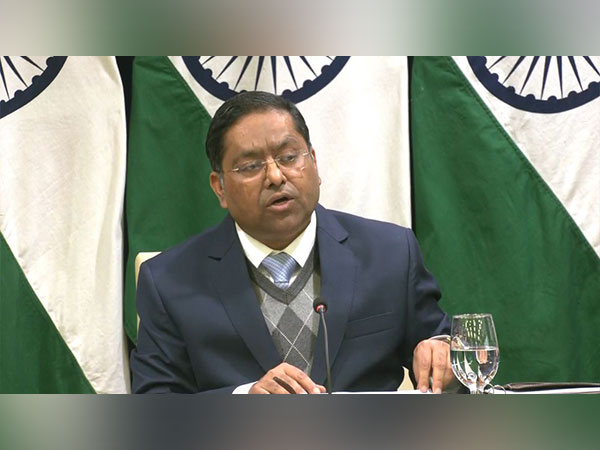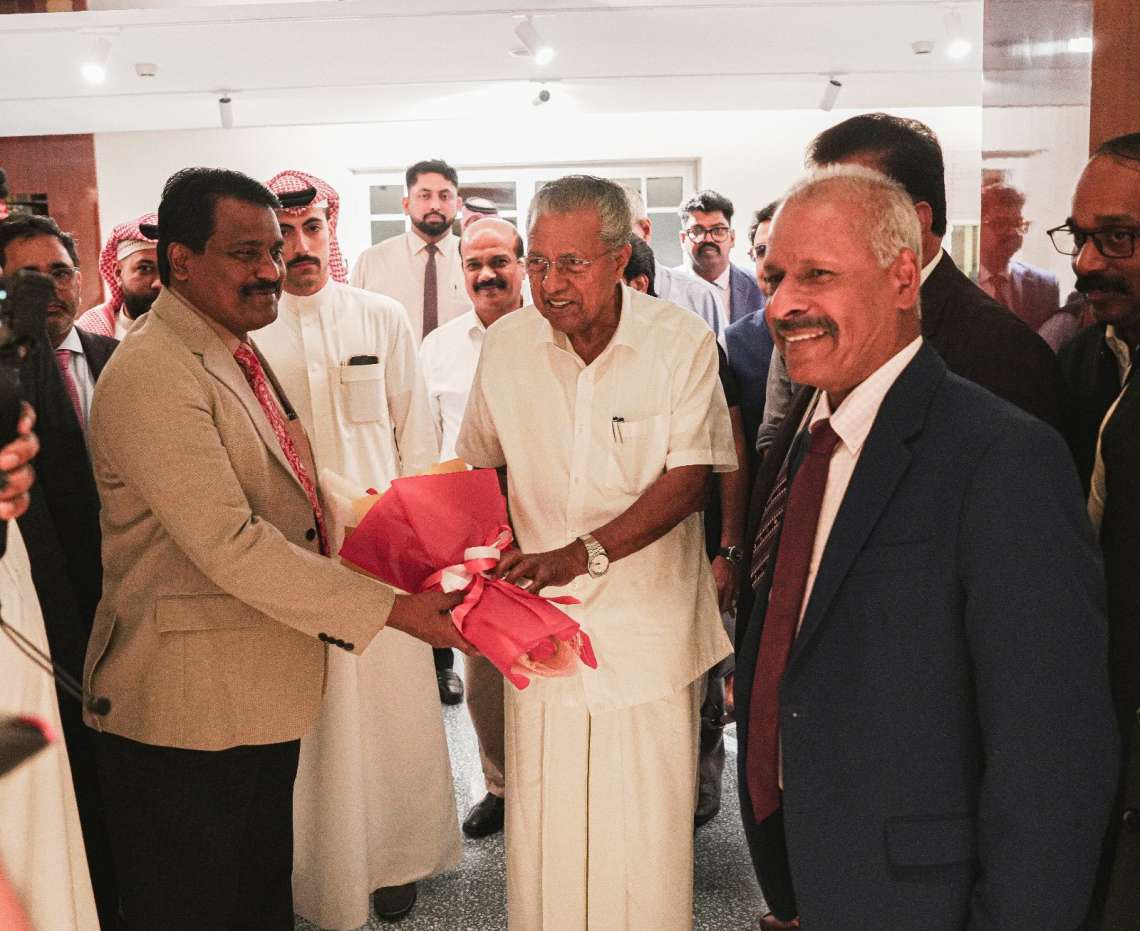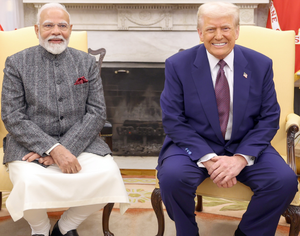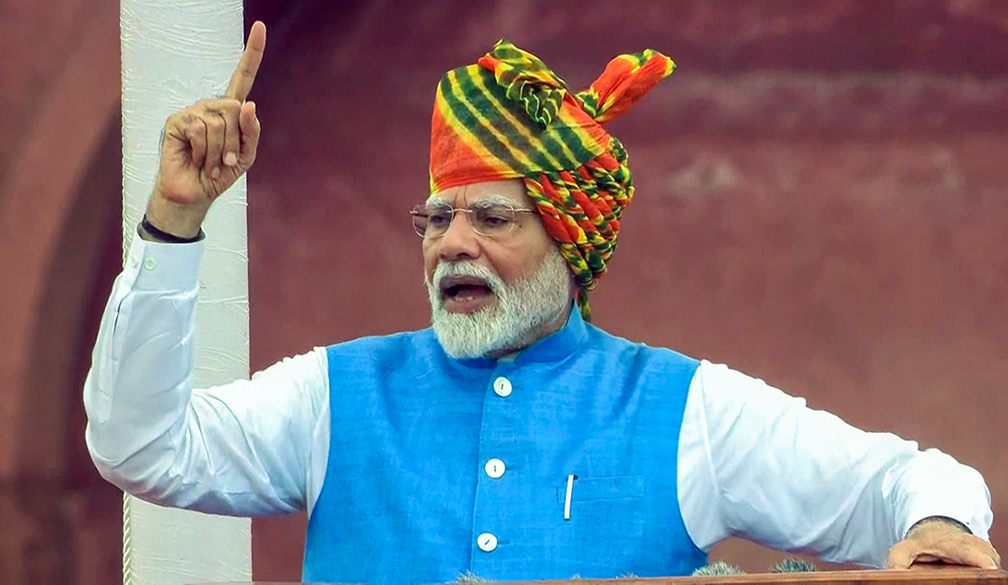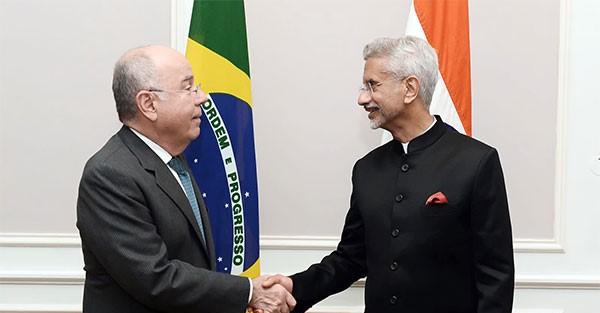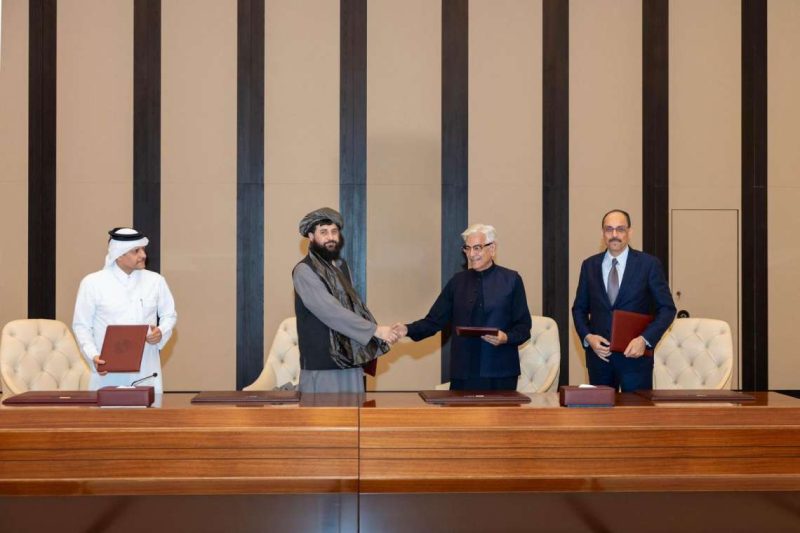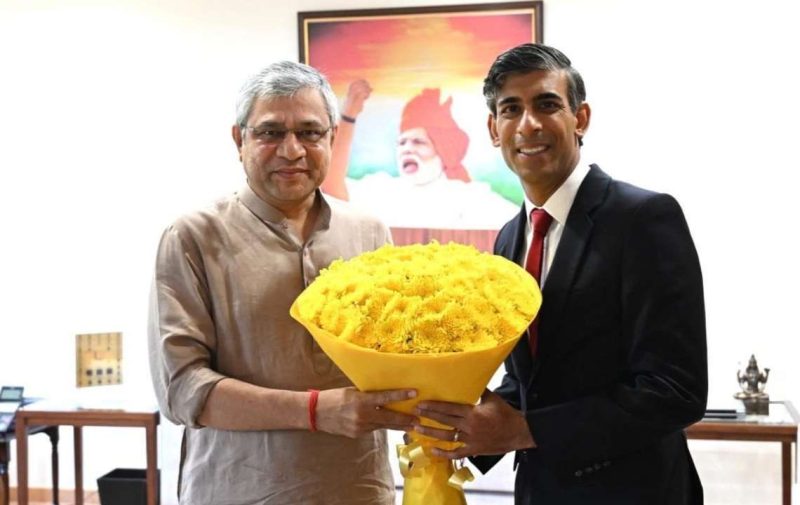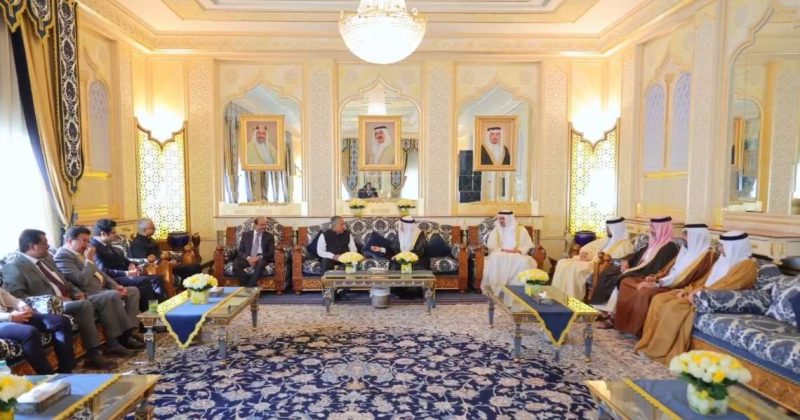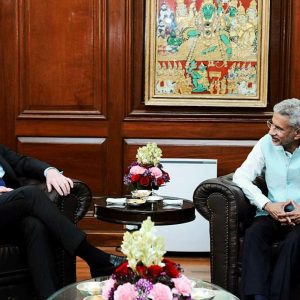MEA statement came after, Bangladesh media reported India had opened all the gates of the Farakka Barrage due to heavy rains in Bihar and Jharkhand….reports Asian Lite News
The Ministry of External Affairs has rejected reports linking Bangladesh floods with the opening of Farakka barrage gates, calling these reports “fake,” It said that the data regarding Farakka barrage was shared with concerned Joint River Commission officials in Bangladesh.
In a statement, Ministry of External Affairs (MEA) official spokesperson Randhir Jaiswal stated, “We have seen media reports of the opening of Farakka barrage gates that will allow the flow of over 11 lakh cusecs of water downstream of the river in its natural course into the Ganga/Padma river.”
He added, “This is a normal seasonal development that takes place due to increased inflow from heavy rainfall in the Ganga river basin catchment areas upstream.”
In the statement, Jaiswal noted that Farraka is merely a structure used to divert 40,000 cusecs of water into the Farakka canal. He stressed that the water is diverted carefully using a system of gates that are there on the main Ganga/Padma river.
Jaiswal stated, “It is to be understood that Farakka is only a barrage and not a dam. Whenever, water level reaches the pond level, whatever inflow comes, that passes. It is merely a structure to divert 40,000 cusecs of water into the Farakka canal that is carefully done using a system of gates on the main Ganga/Padma river, while the balance water flows into the main river to Bangladesh.”
“Data, as per protocol, is shared with the concerned Joint River Commission officials in Bangladesh on a regular and timely basis. It has been done this time as well. We have seen fake videos, rumours and fear mongering to create misunderstanding. This should be firmly countered with facts,” he added.
MEA statement came after, Bangladesh media reported India had opened all the gates of the Farakka Barrage due to heavy rains in Bihar and Jharkhand.
Recently, MEA also clarified that the opening of the Dumbur dam upstream of the Gumti River in Tripura has not caused the current flood situation in districts on Bangladesh’s eastern borders.
“We would like to point out that the catchment areas of Gumti River that flows through India and Bangladesh have witnessed the heaviest rains of this year over the last few days,” the MEA said in a release.
It also mentioned that the catchment areas of the Gumti River that flows through India and Bangladesh have witnessed the heaviest rains of this year over the last few days. The flood in Bangladesh is primarily due to the waters from these large catchments downstream of the dam.
The Ministry also asserted that the Dumbur dam is located quite far from the border – over 120 Km upstream of Bangladesh. It is a low-height (about 30m) dam that generates power that feeds into a grid from which Bangladesh also draws 40 MW of power from Tripura.
“Along the about 120 Km river course, we have three water level observation sites at Amarpur, Sonamura, and Sonamura 2. Heavy rainfall has been continuing since August 21 in the whole of Tripura and adjoining districts of Bangladesh. In the event of heavy inflow, automatic releases have been observed,” it said.
The Farakka Barrage is situated on the Ganges River in the Murshidabad district of West Bengal, India, approximately 18km from the Bangladesh border.
Construction of the barrage began in 1962 and was completed in 1970 at a cost of nearly USD 1 billion.
The barrage officially commenced operations on April 21, 1975. (ANI)
ALSO READ: Centre creates 5 new districts in Ladakh


